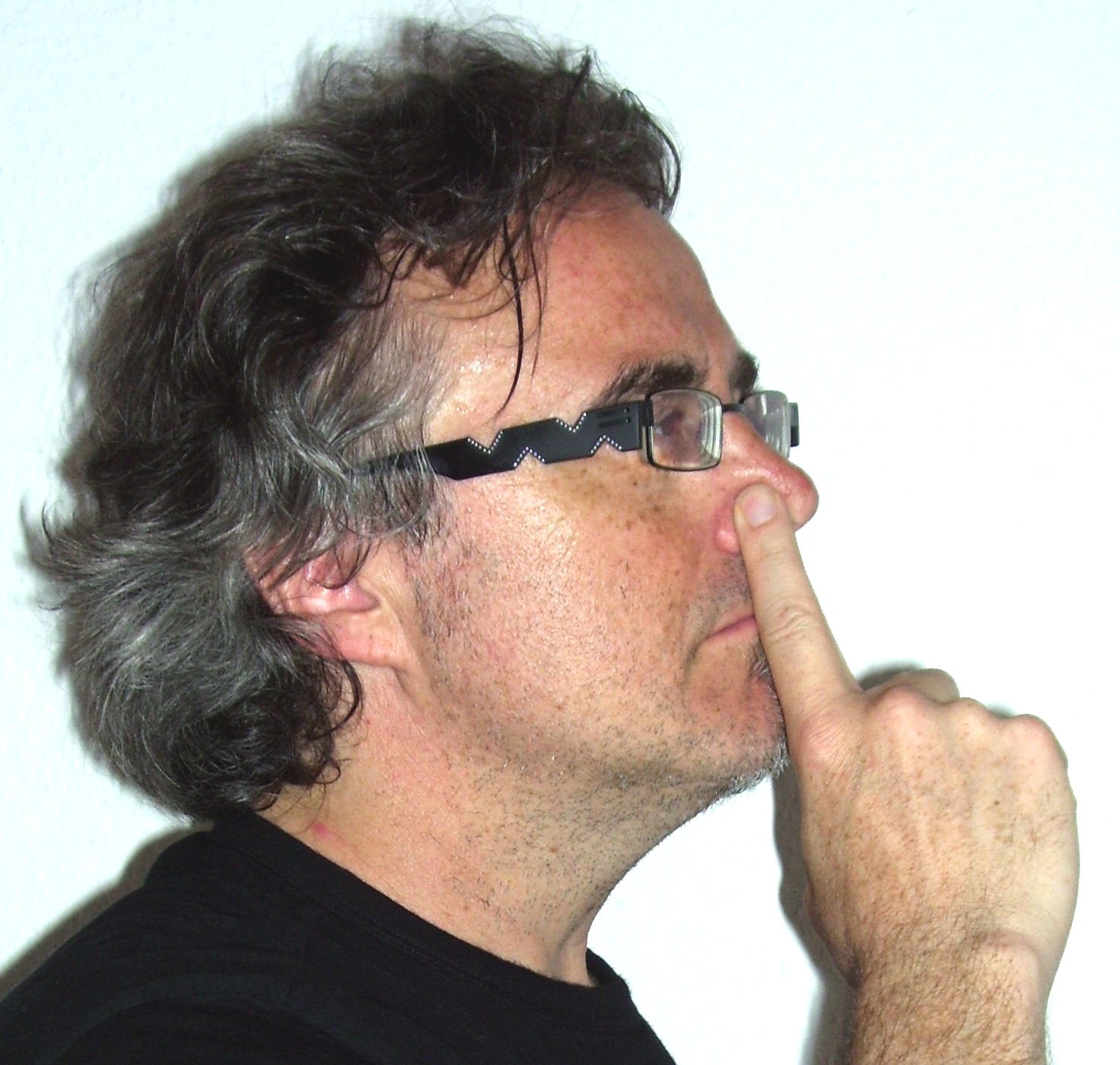Correct breating for saxophone players
Breathing challenges
In my workshops and seminars, I keep meeting sax players with a squeezed, tense and somewhat "squeaky" sound. This may be due to a tense neck, too much pressure on the lips or a tense jaw. Take a closer look, however, and it turns out that the problem is due to the player’s breathing technique.
Insufficient air is taken in while breathing in, so that there is not enough pressure for expelling the air (which is often referred to as "support"). Some players try to compensate this lack of power by increasing the pressure on their lips, jaw or neck, but this invariably builds up too much tension.
Correct breathing for saxophone players
When you breathe in, the lungs can expand in various directions: one direction is downward, in which case your belly is pushed out"”this is what we call "abdominal breathing." At the same time, your lungs can move forward, increasing the size of your chest"”and that is called "chest breathing."
Saxophone players need to take in as much air as possible, and therefore apply both chest and abdominal breathing.
Most people have forgotten this "full" breathing technique and only use their chest while breathing. That is a pity, because abdominal breathing allows us to dramatically increase the air intake. Consider a pear: suppose you feel like eating a pear, but decide to cut away the larger lower end"”there will not be much pear left for you to eat.
Breathing exercise 3
The third exercise can be performed in the upright position. If you have back issues or invertebral disc problems, or if you tend to become dizzy easily, please ask yourself whether you should perform this exercise.
Place your feet in a parallel position, spread at the same distance as your shoulders, and slightly bend your knees. Athletes call this the "slight straddle position." Slowly move your chest down, taking care to let your head hang loose and to keep your shoulders relaxed. Try to keep breathing normally while moving your chest down"”don’t stop breathing. Move down as far as you can muster without feeling uncomfortable: though it is OK to touch your feet with your hands, not reaching them is fine, too.
Now slowly, calmly and thoroughly breathe in and out. In this position, you should be able to feel how your belly pushes against your pelvis each time you breathe in. Repeat this several times and notice what your breathing does. Slowly move your chest up again, while still breathing normally and remaining perfectly relaxed.
Advice
I advise saxophone players to perform these exercises on a daily basis in order to expand their breathing volume. It would be a good idea to begin your daily training sessions with breathing exercises, because they also help you leave your day-to-day preoccupations behind and concentrate instead on playing the saxophone.
Yours,


